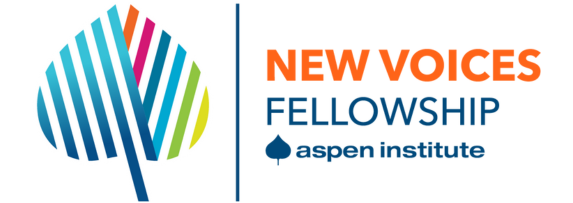This post is part of the Agriculture and Ecosystems Blog’s month-long series on Resilience.
Building resilience on Africa’s small farms starts with people and investing in their capacity to bounce back after a shock. These shocks could be external, such as droughts and floods that wipe out an entire livestock herd or destroy a crop field. Or, they could mean loss of income and physical assets, many times due to unforeseen prolonged illness.
If a family member falls ill, their care is often financed by selling off productive assets such as livestock or agricultural tools. Harvest barely meets more than three months of the family food needs for a majority of the farmers.
African smallholder farm families are amongst the world’s poorest because we have not invested enough in helping them bounce back after major shocks. One dry season or one bout with malaria can push families into a poverty trap. When households have depleted their productive assets (finances, livestock, farming implements), they can barely survive. How do we expect such households to improve and sustain their productivity? How can we expect a bounce back for communities that have lost elasticity?
Determine the vulnerability of farmers
At the Food, Agriculture and Natural Resources Policy Analysis Network (FANRPAN), for the past ten years we have been investing in quantifying the livelihood assets in farming families in 6,000 rural households in Lesotho, Zimbabwe, Swaziland and Malawi. Using the FANRPAN “household vulnerability index,” we categorize farm families into (1) fully viable and coping, (2) moderately vulnerable and (3) welfare on the basis of quantified livelihood assets.
Five metrics determine vulnerability over time: …

